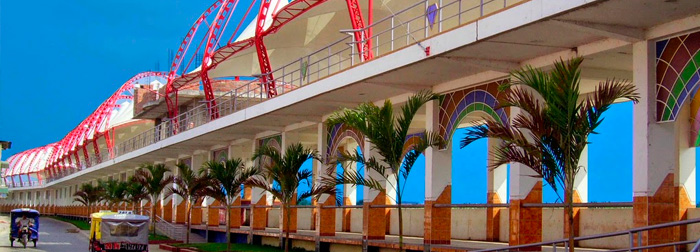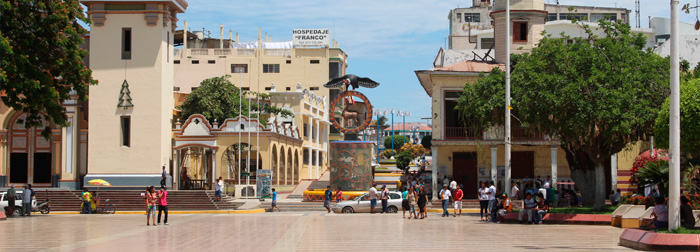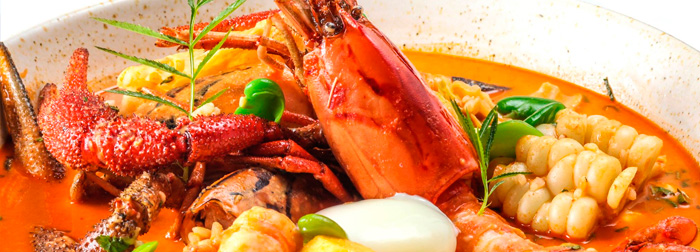Tumbes is a coastal region in northwestern Peru and southwestern Ecuador. Due to the region’s location near the Equator it has a warm climate, with beaches that are considered among the finest in Peru. Despite its small area, the region contains a wide variety of ecosystems.
The name “Tumbes” originates from either Tumpis, a group of native peoples from the area, the word tumbos, a species of Passiflora that used to abound in the area, or the name of the Tumba cacique, whose son founded and populated the area.

The Tumbes Region is bordered by the Ecuadorian provinces of El Oro and Loja on the east; Peru’s Piura Region on the south; and by the Pacific Ocean on the north and west.
Morphologically, four zones can be defined in the region: the delta of the Tumbes and Zarumilla rivers; an alluvial plain north of the Tumbes River, with dry, low-depth ravines; ancient terraces that have been strongly eroded in the Máncora area; and the Amotape mountain range in the east and south, ending at El Barco Mountain. The delta of the Tumbes river is shallow, and when the tide is low, little sandy keys show up, which get covered by mangrove vegetation. Despite its small area— it is the second-smallest region in Peru— Tumbes has a great variety of ecosystems: mangroves, dry forests, the only coastal tropical forests in Peru, and a rich and warm sea. Around 50% of the region’s territory is covered by three protected natural areas: the Manglares de Tumbes National Sanctuary (which is part of the Gulf of Guayaquil-Tumbes mangroves), the Cerros de Amotape National Park and the Tumbes Reserved Zone.
The region is divided into three provinces, which are composed of twelve districts.
The provinces, with their capitals in parenthesis, are:
- Contralmirante Villar (Zorritos)
- Tumbes (Tumbes)
- Zarumilla (Zarumilla)
Touristic sites

The fact that Tumbes lies so close to the Equator has determined its landscape, which teems in plant life. The beaches of Tumbes and its warm sea are ideal for surfing and scuba diving. Its pure white sands, sun and warm weather all year long, and a sea ideal for water sports, make the beach of Punta Sal one of the finest on the Peruvian coast. North of the city of Tumbes lies Puerto Pizarro, the gateway to the National Mangroves Sanctuary. The mangroves have formed vast clumps of saltwater-tolerant coastal forests which have created a unique ecosystem linking the river and the sea. The mangroves are the breeding grounds for black scallops, which are served up in Tumbes’ most famous dish, the black scallop ceviche.
South of Tumbes lies Zorritos, the town which received its name from workers involved in drilling the first oilwell in the area, back in 1863. Not far from Zorritos lies the Bocapán beach, where visitors can swim in Hervideros, natural hot springs bubbling with iodized salts.
Typical dishes and beverages

The typical dishes of the Tumbesino cuisine are based on seafood— ceviche of black scallops, crab, or shrimps, or cebiche mixto— and Tumbiresas covered by yucca and banana balls broth with dominicos, meat, red peppers, eggs, olives, raisins, flour, coriander and other herbs.
Other specialties include the shrimp omelette, chupe de cangrejos, and crabmeat omelette.
A typical beverage in the region is the chinguirito, which is obtained by combining pipa (the milk of a soft coconut) with the famous grape brandy called pisco.

